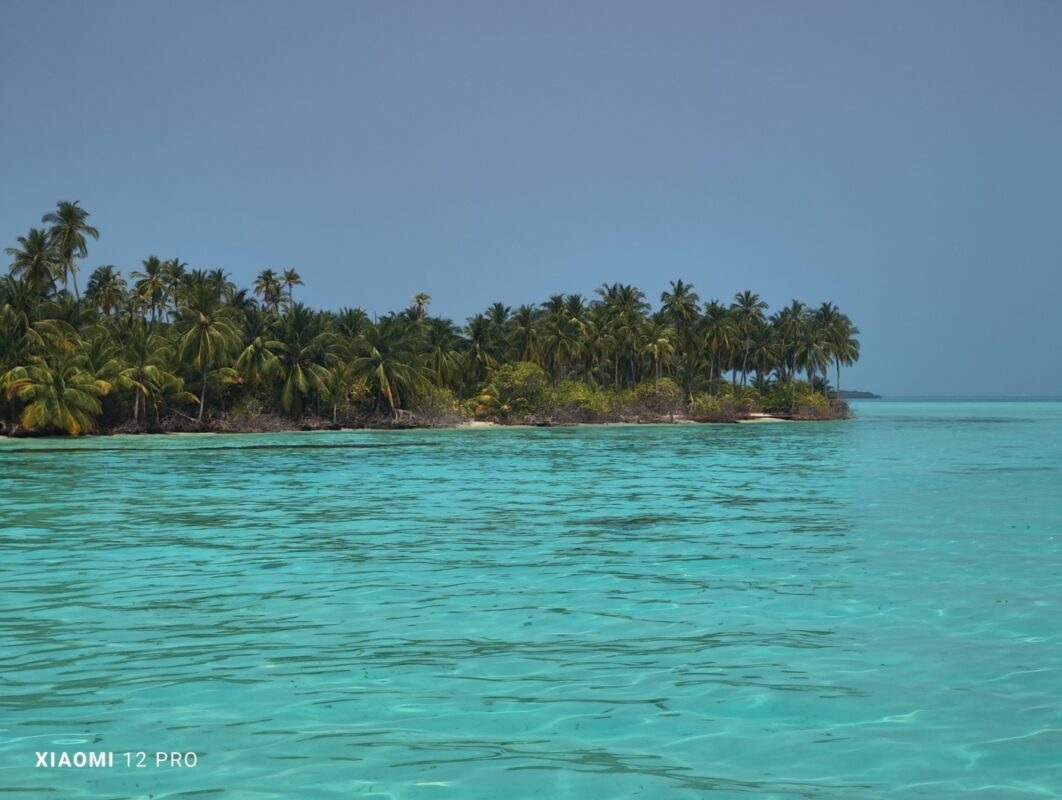Lakshadweep, with its turquoise lagoons and pristine beaches, is getting costlier for travelers. New rules now restrict access to uninhabited islands like Kalpitti, Bangaram, Thinnakara, and Parali I & II, requiring special permits or resort-linked packages. What was once open and affordable is now a premium, curated experience.
Kalpitti: From Popular Escape to Restricted Zone
Since October last year, access to Bangaram and Thinnakara had become uncertain for ordinary travelers. With those luxury resort islands increasingly difficult to reach without special bookings, tourists in Agatti turned instead to Kalpitti Island — a sandbank lagoon escape that quickly became the most popular mid-budget attraction.
Now, Kalpitti too falls under the latest restrictions. As an uninhabited island, visiting it will require extra permission beyond the standard Lakshadweep entry permit. This means more paperwork, added security checks, and inevitably higher costs. The exact price and process for these special clearances remain unknown, but it is clear that the island is no longer the easy-access alternative it once was.
Bangaram and Thinnakara: The Maldives Model
The two crown jewels of Lakshadweep — Bangaram and Thinnakara — are also being reshaped. Both islands host luxury beach resorts, and under the new rules, only bona fide tourists with extra clearance can enter. This involves permissions beyond the entry permit and requires either:
-
a confirmed resort stay, or
-
a sanctioned day-visit package tied to the resort.
Casual access is no longer possible. What’s emerging is a Maldives-style model: curated, premium packages and exclusivity.
See also: Customized Lakshadweep Tour Packages
Parali I & II: Paradise Out of Reach
The tiny islets of Parali I and II, sitting within the Bangaram Lagoon, were once favored for short boat trips and snorkeling. Now, they are completely closed to day-trippers. Even guests staying in the resorts at Bangaram or Thinnakara can only visit them with an additional, island-specific clearance. For most visitors, these sandy gems are now entirely out of reach.
What the New Rules Mean for Travelers
For ordinary and mid-budget tourists, these restrictions change the Lakshadweep experience in fundamental ways:
-
Extra Permits: Beyond the standard entry permit, special permissions are required for Kalpitti, Bangaram, Thinnakara, and Parali I & II.
-
Higher Costs: Resort-linked access and layered clearances drive up the minimum spend for visiting these iconic islands.
-
Less Freedom: Spontaneous lagoon picnics and island-hopping are gone, replaced by structured, resort-driven itineraries.
-
Narrowed Choice: With uninhabited islands largely off-limits, the scope for affordable exploration is shrinking fast.
The Bigger Picture: Lakshadweep’s Luxury Turn
The administration’s direction is clear — to position Lakshadweep as a high-end destination, echoing the Maldives’ model of luxury atolls. For international tourists and the luxury segment, this shift promises exclusivity, comfort, and curated experiences. For domestic, mid-budget travelers, however, Lakshadweep is becoming more expensive and less accessible.
The islands remain as breathtaking as ever: coral reefs teeming with life, lagoons sparkling under the sun, and beaches as white as powdered sugar. But the way to experience them is no longer the same. To feel the “true sense” of Lakshadweep now means extra permissions, higher costs, and a luxury lens.
What was once a hidden gem for ordinary travelers is fast becoming an exclusive paradise at a price.
Access to Lakshadweep’s Key Uninhabited Islands: Before vs After the New Rules
| Island | Before the New Rules | After the New Rules |
|---|---|---|
| Kalpitti (Agatti) | Open for day visits, picnics, sunsets; popular mid-budget attraction. | Classified as uninhabited; requires extra permission beyond entry permit. Added cost and security checks expected. |
| Bangaram | Accessible with standard entry permit; popular for day trips, diving, and casual visits. | Entry only for bona fide tourists with extra clearance. Must book a resort stay or a sanctioned resort day trip. |
| Thinnakara | Open to mid-budget travelers; camping and beach stays possible. | Same rules as Bangaram: extra permission required. Access only via resort stay or day visit package. |
| Parali I & II | Popular for boat rides, snorkeling, and short day trips from Bangaram Lagoon. | Closed to day-trippers. Only resort guests may visit, and only with an additional, island-specific permit. |
A clear snapshot of how tourism access has shifted from open and affordable to restricted and premium.

